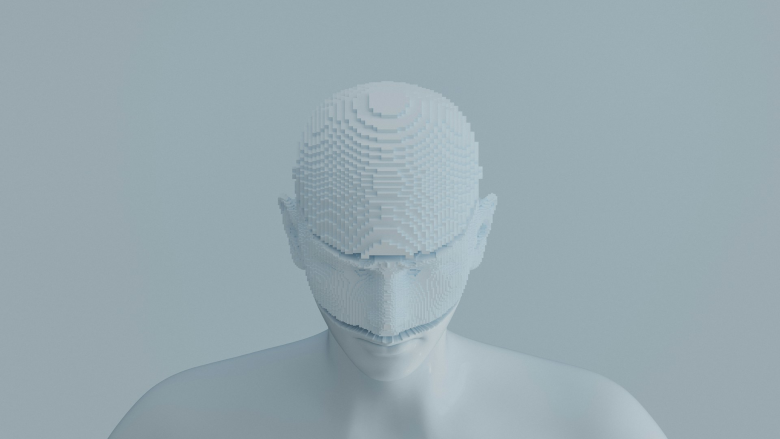
"Your AI SOC needs to start from the intelligence that your security team already has. No surprise this is made up of the alerts coming from your existing security tools. It is also the context held by your team in standard operating procedures, Slack, Jira, or just their knowledge of the environment. All of this should be able to be consolidated into a central "context lake" that is available"
"Done correctly, the AI SOC context lake should also be able support other security functions and other AI agents. This ensures a shared intelligence model, so AI SOC agents work in harmony rather than in silos - able to pass signals, decisions, and outcomes without manual intervention. 2. Select a Multi-Agent AI SOC Built for SecOps not just SOC Your AI SOC solution of choice needs to have a multi-agent architecture, purpose-built for true SecOps transformation that empowers security teams with unprecedented scale and intelligence."
AI SOCs alleviate overwhelmed security operations by replacing rigid rules-based approaches with autonomous reasoning and continuous learning. They must consolidate alerts, procedures, chat logs, ticketing systems, and human expertise into a central context lake that acts as a shared memory for agents. AI SOC agents should gather evidence across integrations, leverage historical context and human feedback, and produce final verdicts on alerts. The context lake should support other security functions and AI agents to enable signal and decision sharing without manual intervention. A purpose-built multi-agent architecture should include investigation, threat-hunt, vulnerability-management, and pen-test agents collaborating across attack surfaces.
Read at Securitymagazine
Unable to calculate read time
Collection
[
|
...
]